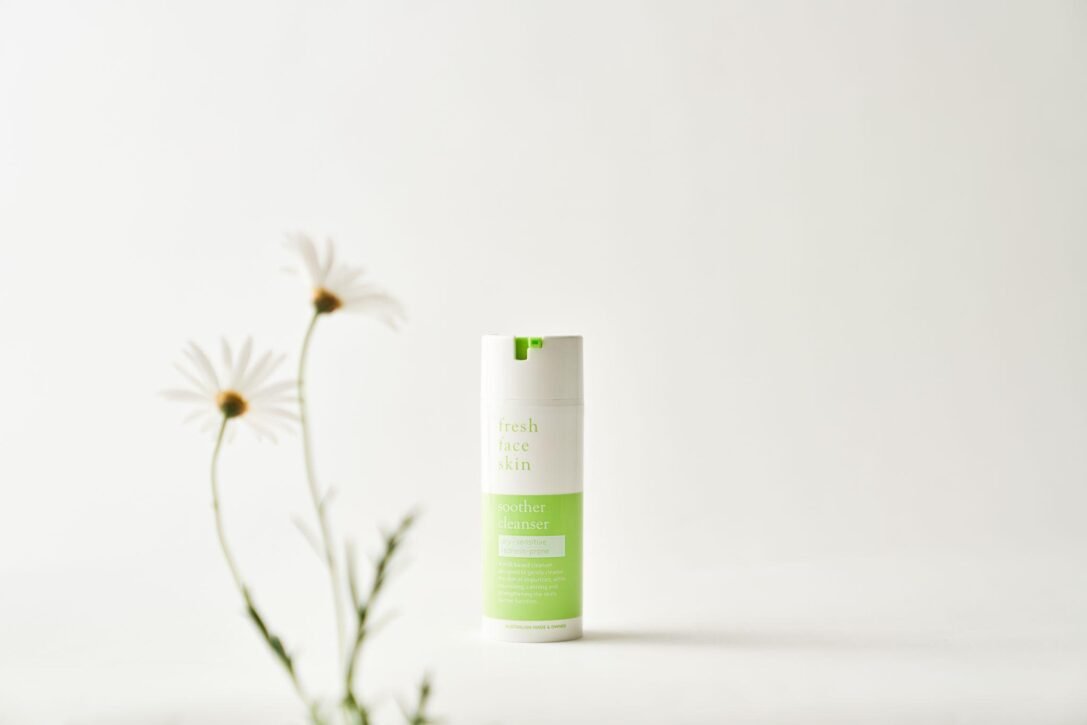When we talk about skin pigmentation, it’s crucial to understand that it is not a disease. Instead, it refers to the appearance of darker skin, which can manifest in small patches, dark spots spread across the body, or even entire sections of the skin. The primary determinant of skin pigmentation is melanin, a pigment produced by melanocytes located in the basal layer of the epidermis. These specialised cells synthesise melanin through a process called melanogenesis, initiated by the enzyme tyrosinase that converts the amino acid tyrosine into melanin.
There are two main types of melanin: eumelanin and pheomelanin. Eumelanin provides brown to black pigmentation and offers significant protection against UV radiation, thereby reducing the risk of skin cancer and aiding in body temperature regulation. Pheomelanin, which gives a red to yellow hue, is less effective at absorbing UV rays, making individuals with higher pheomelanin levels more susceptible to sunburn and skin damage. Despite this, pheomelanin reflects heat away from the body, helping to regulate temperature and providing some protection against skin cancer. Although pigmentation serves many useful purposes, its apparent nature can make it a source of contention for many individuals.
The intricacies of pigmentation
Pigmentation arises from a variety of factors, primarily genetics and environmental influences. Over 125 genes can influence skin tone, affecting the production and distribution of melanin. Genetics determine the number of melanocytes and their activity, leading to variations in skin tone. For instance, individuals with darker skin typically have higher melanin levels.
Sun exposure is another significant cause of skin pigmentation. UV rays stimulate melanocytes to produce more melanin, leading to a darker skin tone as a protective response.
This process involves several stages:
- UV radiation generates free radicals, which activate melanocytes.
- Tyrosinase then converts tyrosine into melanin, which is distributed to keratinocytes, giving skin its colour.
- Increased melanin production can lead to hyperpigmentation, manifesting as age spots, melasma, or post-inflammatory hyperpigmentation, often triggered by sun exposure, hormonal changes, or skin injuries.
Ageing also affects pigmentation significantly. Melanocyte counts decrease with age, but those remaining may enlarge and become more specialised, contributing to visible ageing signs. Additionally, certain conditions, like acne, psoriasis, and atopic dermatitis, can cause post-inflammatory hyperpigmentation.

How to tackle pigmentation and uneven skin tone
Addressing pigmentation and achieving an even skin tone involves targeted treatments that work at the cellular level. The following treatments refer to specialised products you can use at home to improve pigmentation and uneven skin tone, detailing how they function to deliver effective results.
Renewal treatments that prioritise cell renewal
Renewal treatments accelerate the skin’s natural cell turnover process. By promoting the shedding of old, damaged, and pigmented cells from the stratum corneum, they reveal healthier skin underneath, thus evening out the uneven skin tone. Stimulating new cell growth replaces pigmented areas with unblemished cells, reducing the appearance of dark spots over time.
For example, Fresh Face Skin’s Renewal Booster is formulated to bring life back to lacklustre and underperforming skin. Using pure ingredients like Bakuchiol – a natural Vitamin A alternative – it aims to rejuvenate skin cell function while repairing and preventing cell damage, helping to combat ageing concerns.
Soother treatments that reinforce the lipid barrier
Strengthening the skin’s lipid barrier is crucial for maintaining skin health. A robust lipid barrier prevents moisture loss and protects against irritants and pathogens, reducing skin sensitivity and inflammation. This helps prevent hyperpigmentation issues caused by inflammatory responses, keeping the skin hydrated and resilient.
You can find these in natural ingredients such as Camelia which is rich in omega fatty acids 3, 6 and 9, known for their anti-inflammatory properties and while improving the skin’s barrier function.

Gentle exfoliation to remove dead skin
Gentle exfoliation removes dead skin cells from the surface, promoting smoothness without causing irritation. This process prevents clogged pores and allows better absorption of other treatments. By regularly stimulating the skin’s renewal process, exfoliation helps to fade pigmentation and reduce the appearance of uneven skin tone.
Ingredients like Gluconolactone are especially beneficial for this purpose, as they act as a super gentle exfoliant that removes surface dead skin cells, revealing a smoother texture and brighter tone without irritating sensitive skin.
Fresh Face Skin’s Recovery Mask contains camellia oil, while the Soother Treatment features Gluconolactone. Both products are part of the Barrier Bundle available on the Fresh Face Skin website with a special message from founder Amelia Goff.
Understanding the causes and treatments of skin pigmentation is essential for maintaining healthy, even-toned skin. By focusing on treatments that encourage cell renewal, reinforce the lipid barrier, and promote gentle exfoliation, it is possible to effectively manage pigmentation and achieve a radiant complexion. The right approach to skincare can make a significant difference, enhancing both appearance and overall skin health.
With these insights, you are well-equipped to embrace the transformative journey toward achieving a flawless and luminous complexion.






